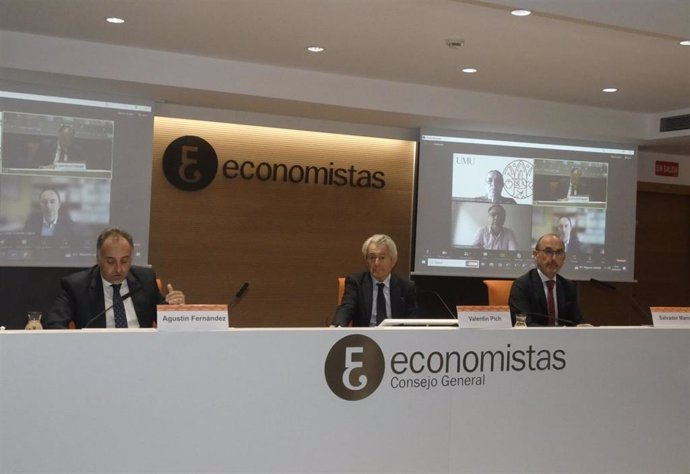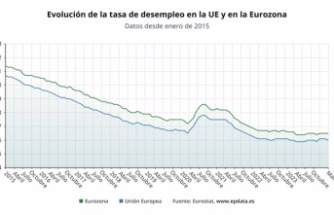MADRID, 25 Abr. (EUROPA PRESS) -
The tax bill for a typical family with medium income ranges between 31% and 35% of their income, according to the study 'Tax Bill of Spanish Households', prepared by the Research Service of the General Council of Economists (CGE). ) from Spain, which was presented this Thursday.
Of the set of taxes levied on Spanish households, which the study refers to as a 'complete tax bill', the tax concepts that weigh the most are personal income tax and VAT, to which we should add Social Security paid by the worker who, among the most representative incomes, represent around 85% of the total sum of the complete tax bill.
The president of the General Council of Economists, Valentín Pich, has highlighted that the study shows that a family made up of a couple with two children, with a monthly income of 3,639.75 euros, pays 1,153.42 euros per month in taxes, with what his disposable income would be 2,486 euros per month, something he considers "bleeding."
The director of the CGE Studies Service and coordinator of this work, Salvador Marín, has indicated that the study shows that households, whether as a single person, as a couple without children, with one child or with two children, that bear personal income tax rates that range between 13.76% and 17.23% now have a 'complete tax bill' that increases to 31.71% and 35.35%, which represents an increase in the initial personal income tax rates of more than double.
The study, which in addition to paying personal income tax, VAT or social contributions, also considers what families pay for special taxes, IBI, garbage tax or tax on insurance premiums, also shows that low-middle and middle incomes The minimum per child in personal income tax will not affect them, since, from the beginning, they are exempt from paying, thus not obtaining any type of benefit for descendants.
In upper-middle incomes, however, the number of children significantly influences the total average rate they pay for personal income tax, decreasing as the number of descendants increases, and becoming exempt from paying in full from the fifth child onwards.
This work also reflects that, in the exercise of regulatory power by the CCAA, through a general rate, the different minimums or deductions in the fee cause the weight of the regional fee on the total paid by personal income tax. may vary according to communities.
At one extreme, there are Catalonia and the Balearic Islands, whose regional quota represents almost 52% of the total, while, at the other extreme, in Madrid and the Canary Islands the autonomous quota represents around 47% of the total.
This distribution of the effective percentage of participation of each level of government may differ throughout the distribution of income, or depending on the personal and family circumstances of the taxpayer, the study specifies.
Thus, if the total personal income tax quota for a single taxpayer without children and with the national median income for all the CCAA of the common regime is taken as a reference, the difference in the nominal quota between communities is considerable: 338 euros when we take the maximum quota. (3,435 euros in Catalonia) and we compare it with the minimum (3,097 euros in the Canary Islands).
Now, if purchasing power parity (PPP) is introduced, the differences between communities increase; since the fees paid in communities with greater purchasing power, where the price of a representative consumer basket is higher, are less burdensome than where the general price level is lower. Thus, the largest difference becomes 1,166 euros, if we compare the maximum fee paid (Extremadura, 3,888 euros) with the lowest (Madrid, 2,722 euros).













